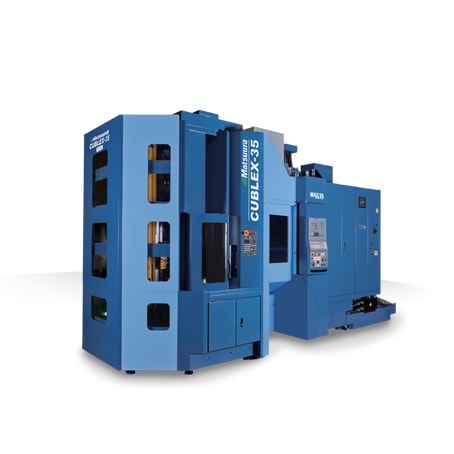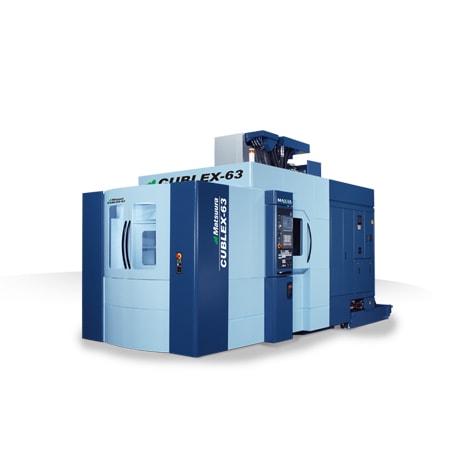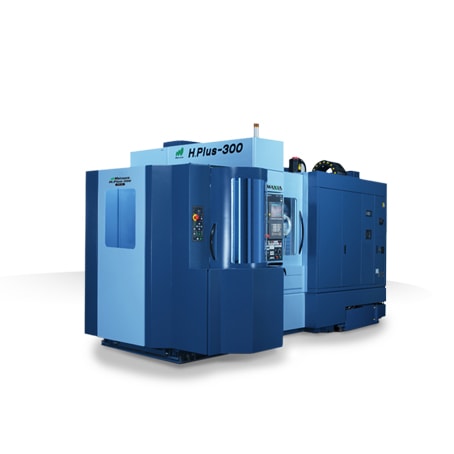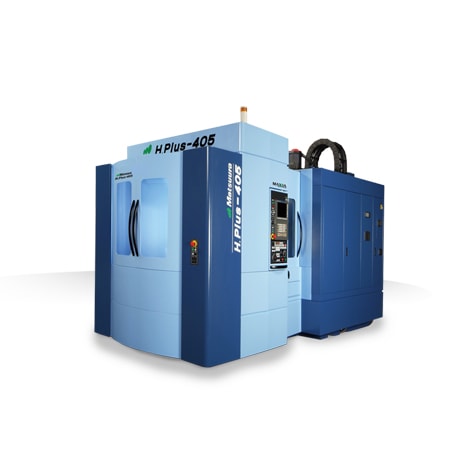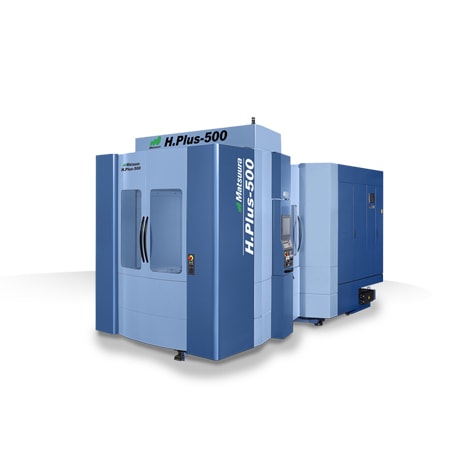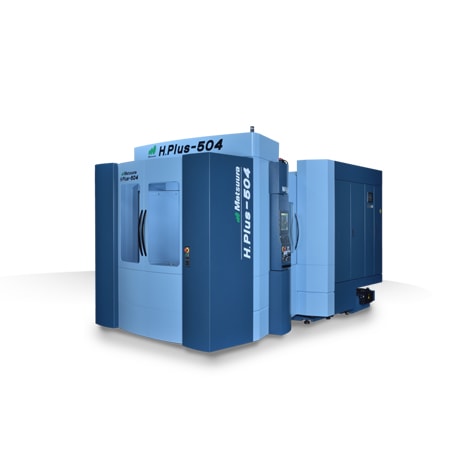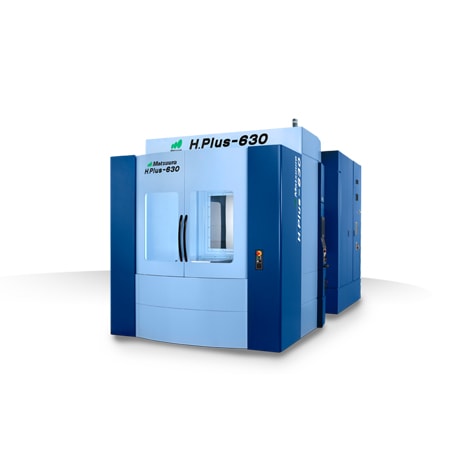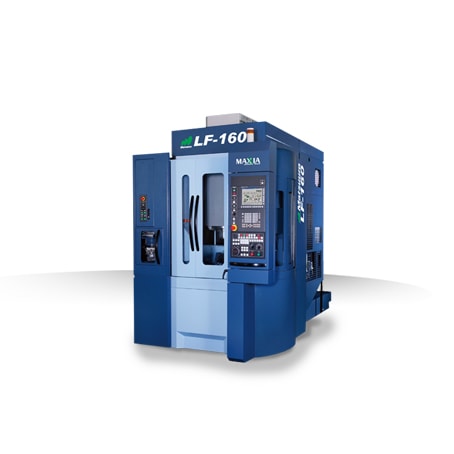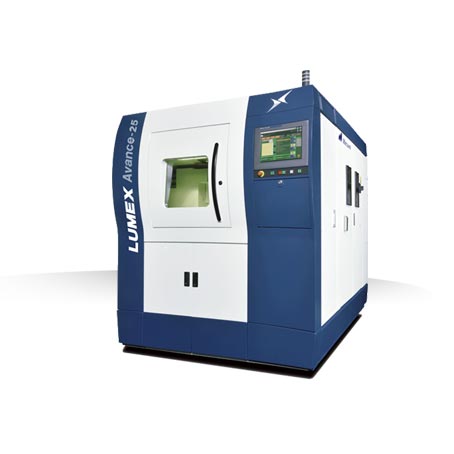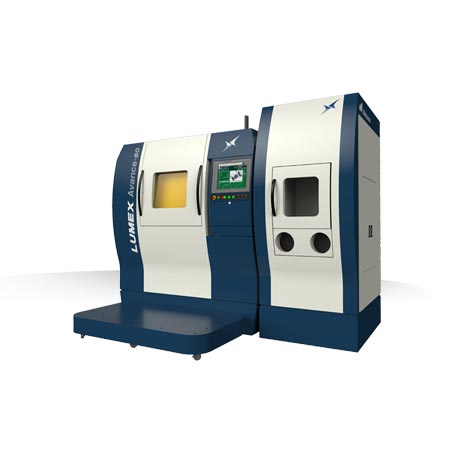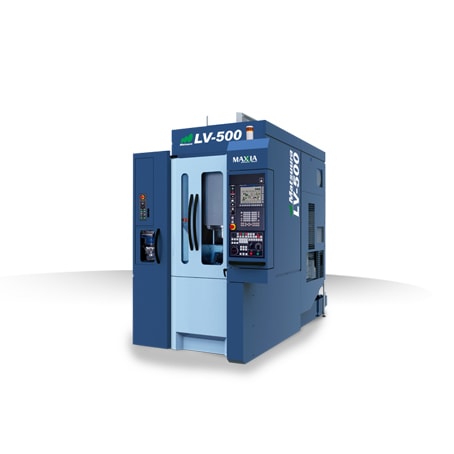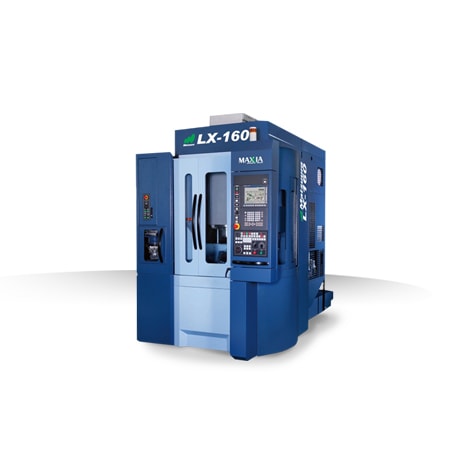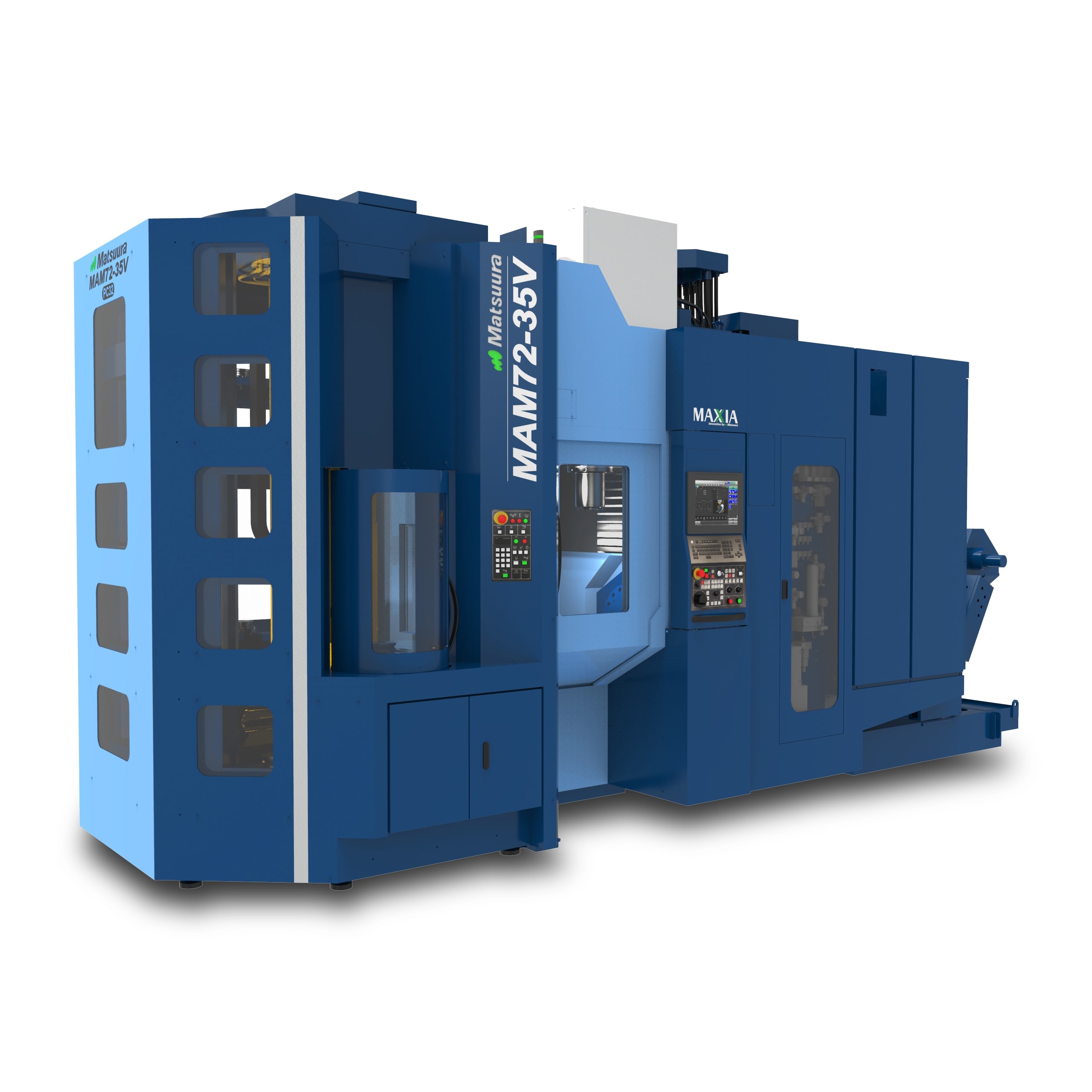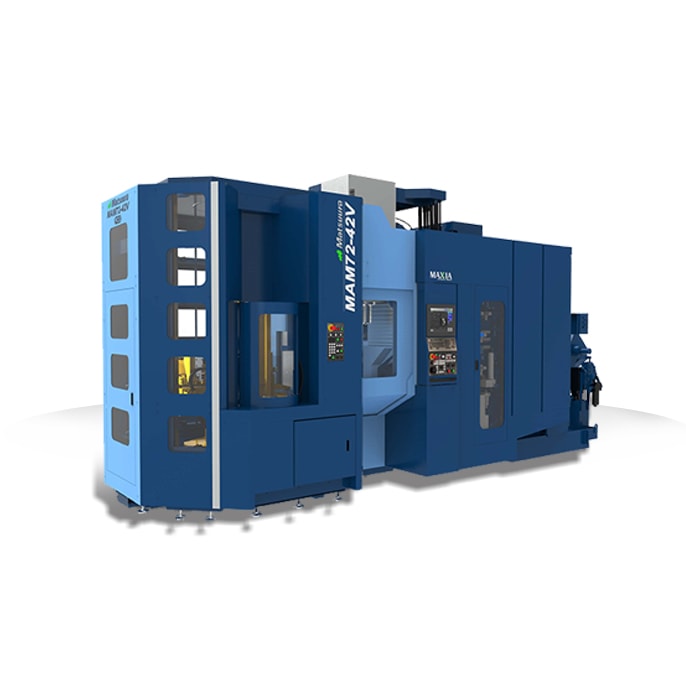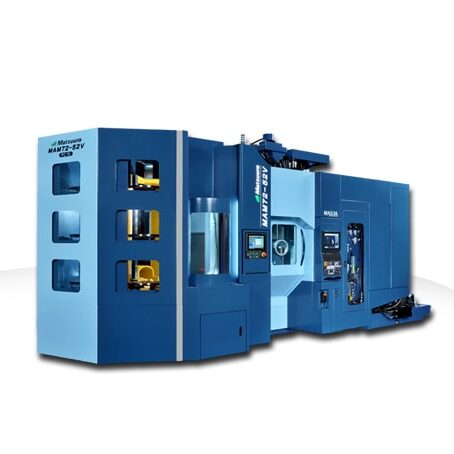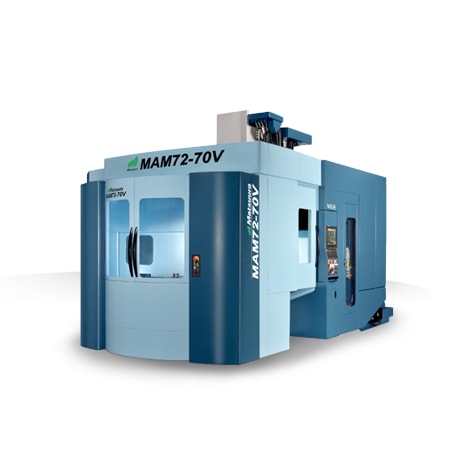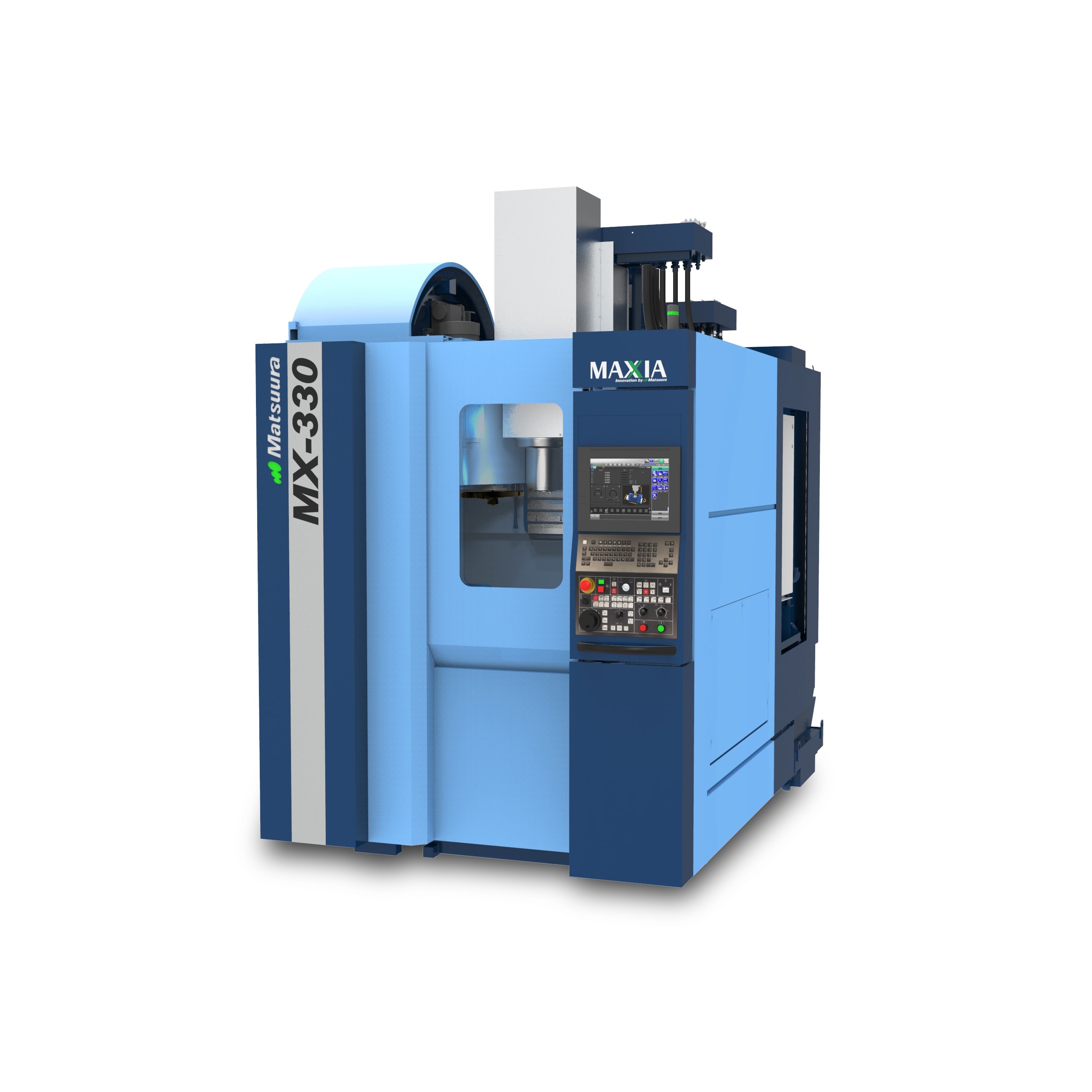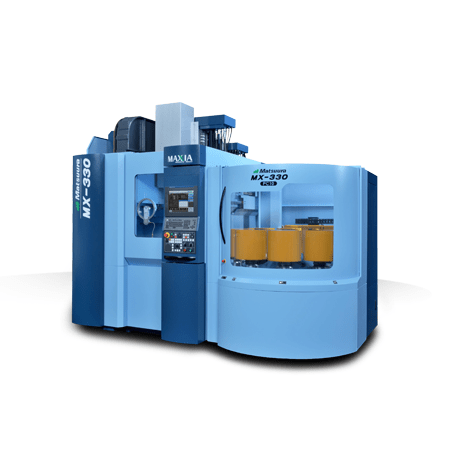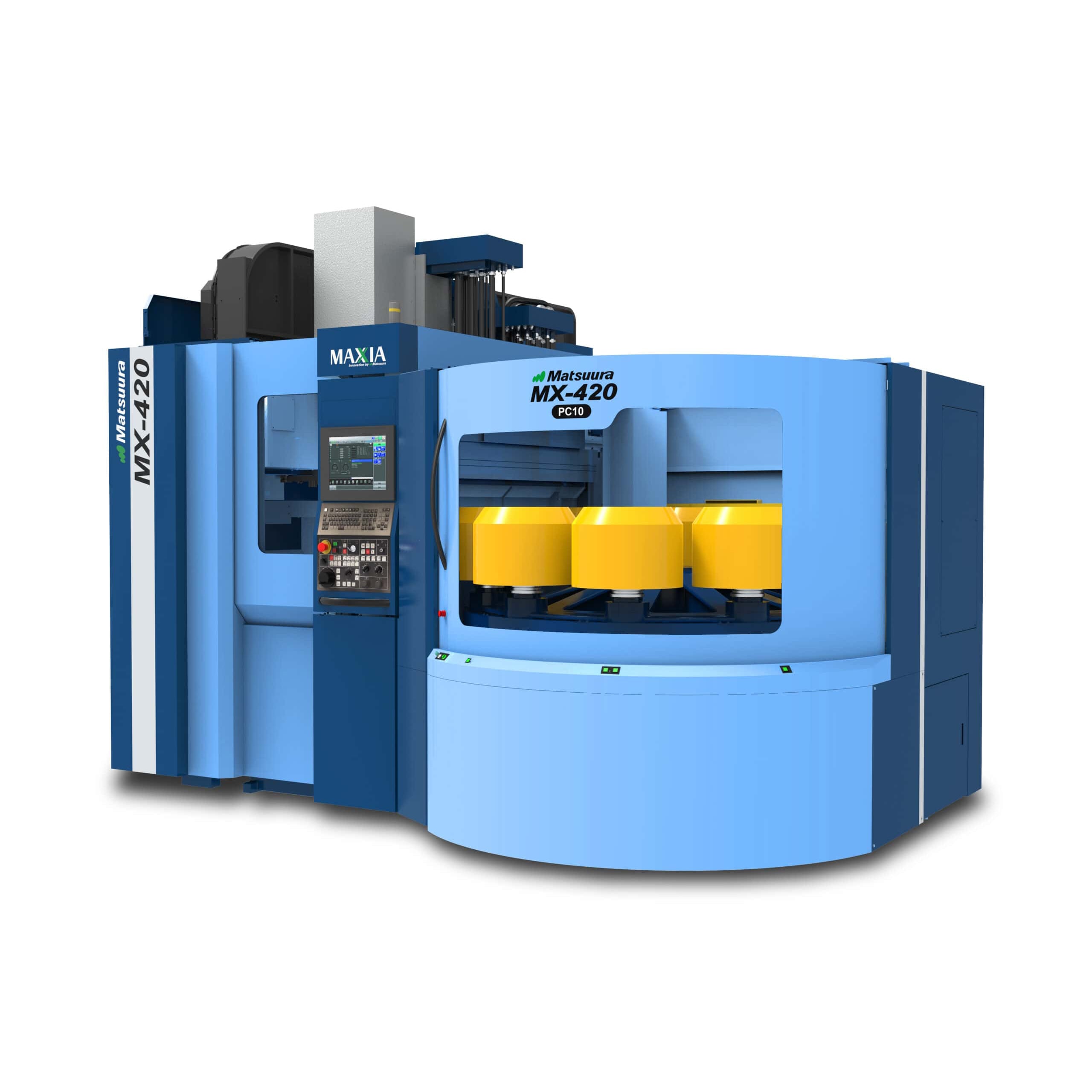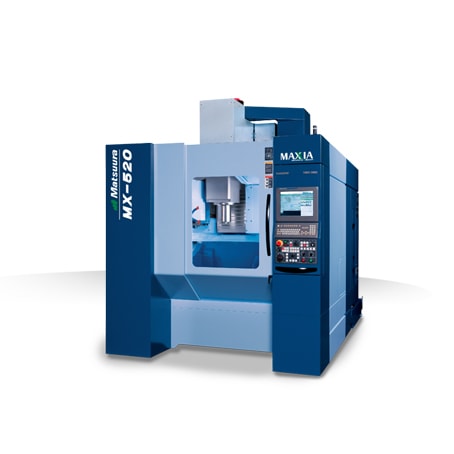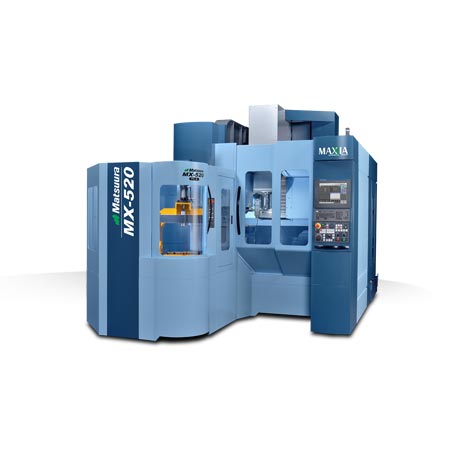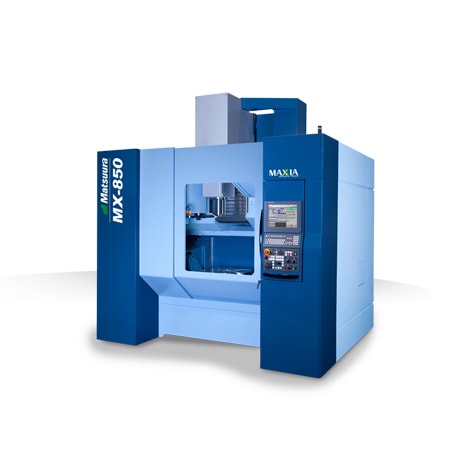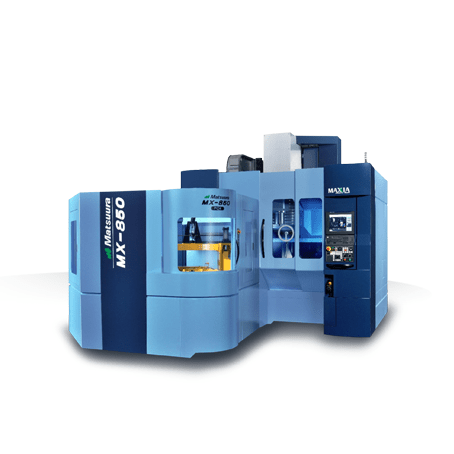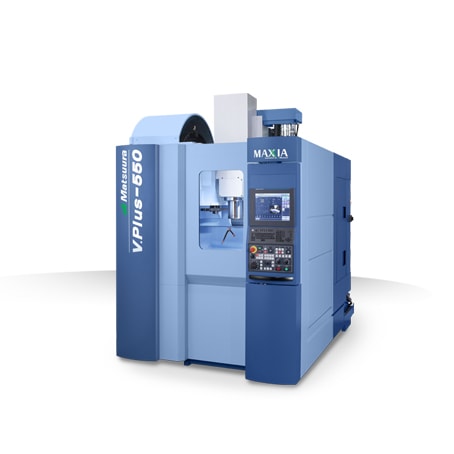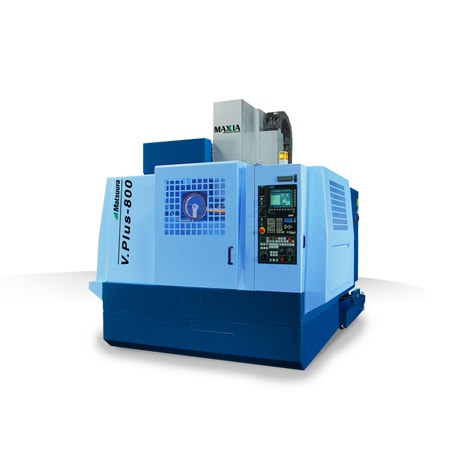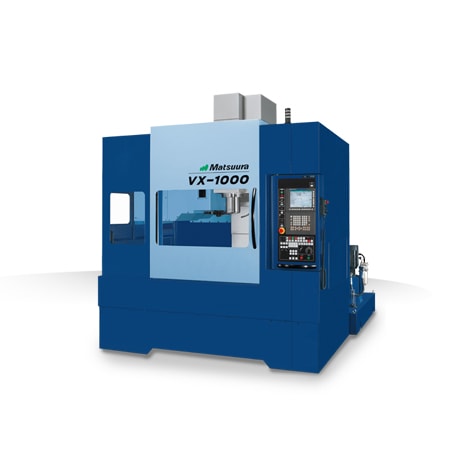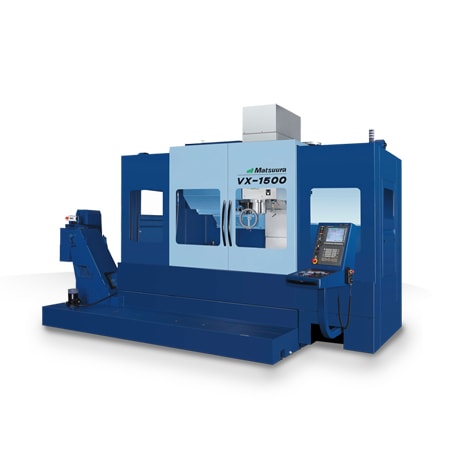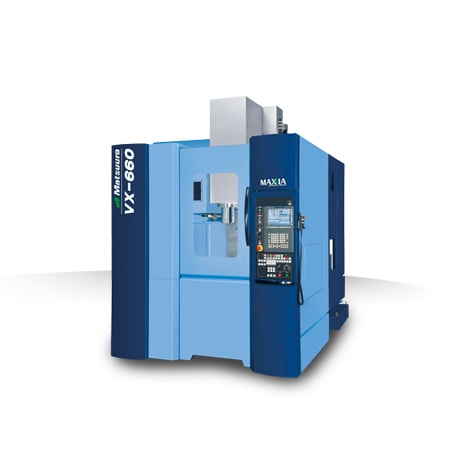Authors: Sheida Sarafan,PritiWanjara, Javad Gholipour, Fabrice Bernier, Mahmoud Osman, Fatih Sikan, Marjan Molavi-Zarandi, Josh Soost (Matsuura Machinery USA, Inc.), and Mathieu Brochu
Abstract: Hybrid manufacturing is often used to describe a combination of additive and subtractive processes in the same build envelope. In this research study, hybrid manufacturing of 18Ni-300 maraging steel was investigated using a Matsuura LUMEX Avance-25 system that integrates metal additive manufacturing using laser powder bed fusion (LPBF) processing with high-speed machining. A series of benchmarking coupons were additively printed at four different power levels (160 W, 240W, 320W, 380 W) and with the integration of sequential machining passes after every 10 deposited layers, as well as final finishing of selected surfaces. Using non-contact three-dimensional laser scanning, inspection of the final geometry of the 18Ni-300 maraging steel coupons against the computer-aided design (CAD) model indicated the good capability of the Matsuura LUMEX Avance- 25 system for net-shape manufacturing. Linear and areal roughness measurements of the surfaces showed average Ra/Sa values of 8.02–14.64 m for the as-printed walls versus 0.32–0.80 m for the machined walls/faces. Using Archimedes and helium (He) gas pycnometry methods, the part density was measured to be lowest for coupons produced at 160W(relative density of 93.3–98.5%) relative to those at high power levels of 240 W to 380 W (relative density of 99.0–99.8%). This finding agreed well with the results of the porosity size distribution determined through X-ray micro-computed tomography (CT). Evaluation of the static tensile properties indicated that the coupons manufactured at the lowest power of 160 W were ~30% lower in strength, 24% lower in stiffness, and more than 80% lower in ductility relative to higher power conditions (240 W to 380 W) due to the lower density at 160W.
Keywords: hybrid manufacturing; laser powder bed fusion; maraging steel; density; surface quality; X-ray micro-computed tomography; microstructure; hardness; tensile properties; fractography
Sheida Sarafan 1,*, PritiWanjara 1 , Javad Gholipour 1, Fabrice Bernier 1 , Mahmoud Osman 1,2, Fatih Sikan 1,2, Marjan Molavi-Zarandi 1, Josh Soost 3 and Mathieu Brochu 2
1 National Research Council Canada, Montréal, QC H3T 1J4, Canada; [email protected] (P.W.);
[email protected] (J.G.); [email protected] (F.B.);
[email protected] or [email protected] (M.O.);
[email protected] or [email protected] (F.S.); [email protected] (M.M.-Z.)
2 Department of Mining and Materials Engineering, McGill University, Montréal, QC H3A 0C5, Canada;
[email protected]
3 Matsuura Machinery USA Inc., St. Paul, MN 55102, USA; [email protected]
* Correspondence: [email protected]
